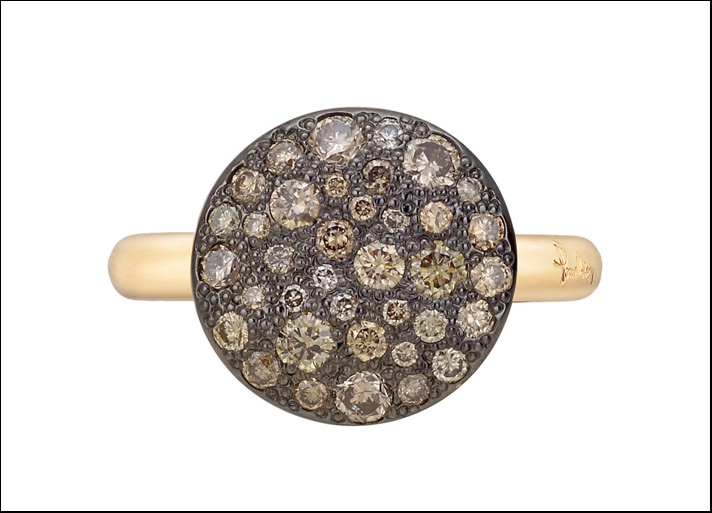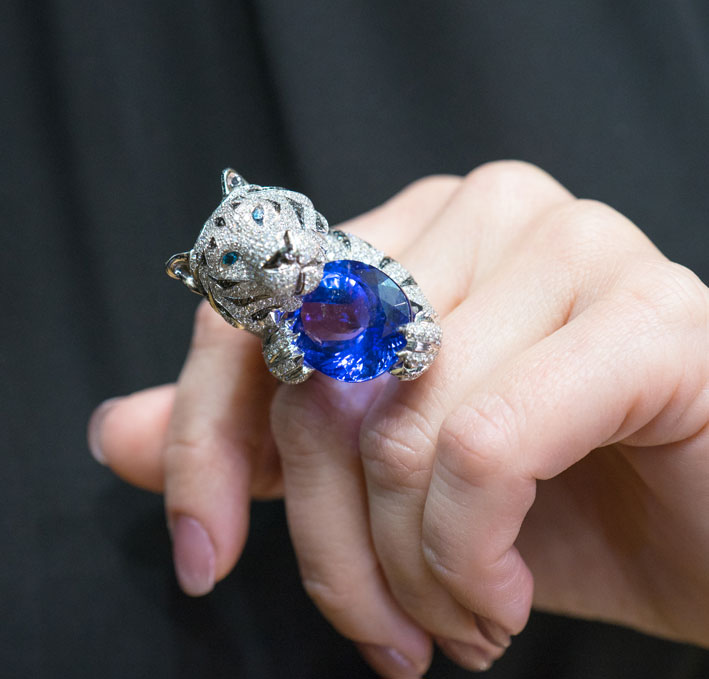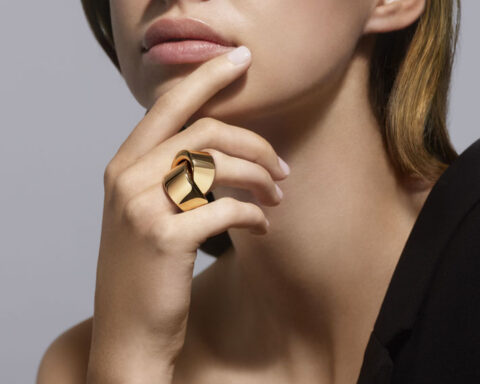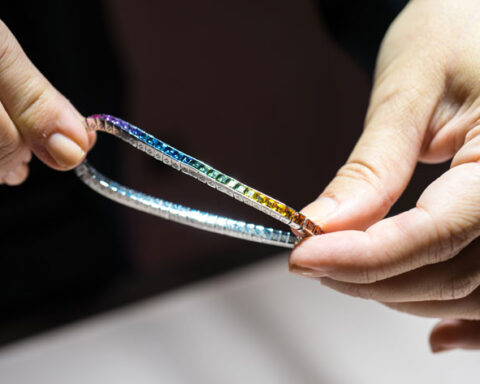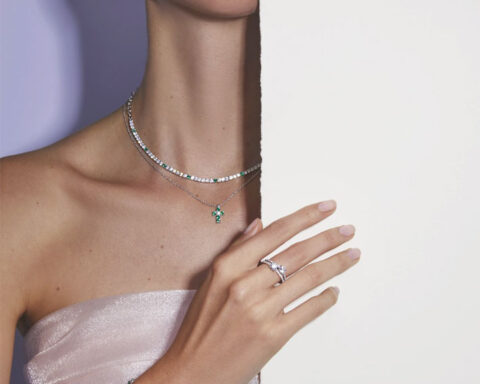Can you realy judge the pavé of your jewel? Pavé is the most used technique in jewelry, but few really know how it is made. Read how to evaluate the pavé stones on your jewels ♦
There are jewellery composed of gems so close to each other that it seems a continuous surface: is the effect of a pavé done perfectly, which transforms a flower, an insect or any shape in an object of unique harmony. The outcome is the result of many hours of work and great skills. Of course, recognize the best one is not difficult, just a certain sensitivity, but understand why it is so special makes the experience even more satisfying. Here a few examples of fine jewelry to get to know this technique: basically learn a bit more also helps to make better choices and make an informed purchase.
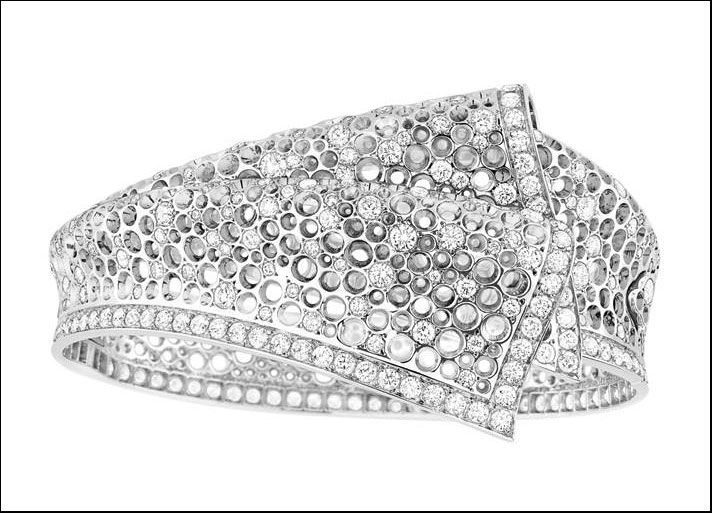
The technique
Conical holes are dug in the metal where insert the stones, that are subsequently blocked (set) with tiny balls obtained engraving with a chisel (scorper) the excavated material on the sides of the stone. It is clear that it is a job, the one done handmade by the jewel setter, very neatly. The shortest distance between stones requires greater skill and care, which increase the cost of production. Vice versa wider spaces filled with these tiny balls indicate the opposite. But not only: the throng around the stone often provides an effect of overall confusion that the experts define by the word dirty.
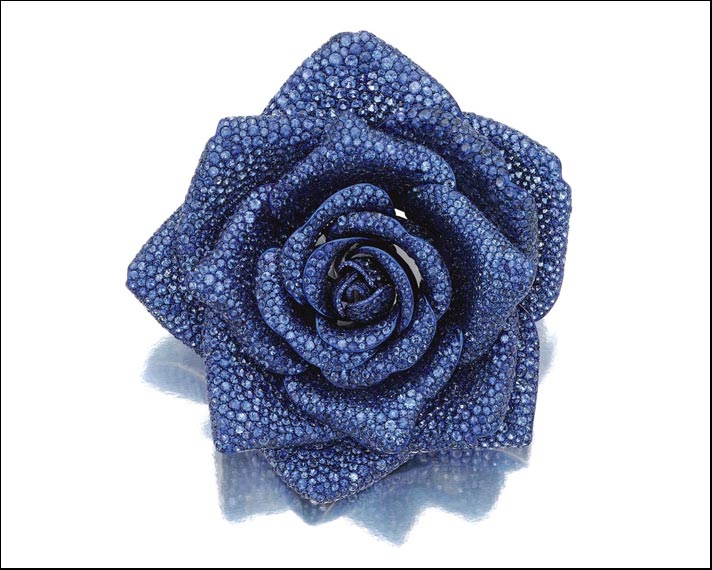
The Tubetto collection by De Grisogono is a textbook example: the blacks diamond of the ring below, although of different dimension, are all on the same level. It is the ability of the stone setter to ensure that larger gems not protrude too much and small ones remain in evidence, and that requires the groove depth must be calculated to the nearest millimeter, operation even more difficult when they are of different sizes. Moreover, the tiny balls that hold the stones are nearly invisible in pictures like this where the object is much zoomed.
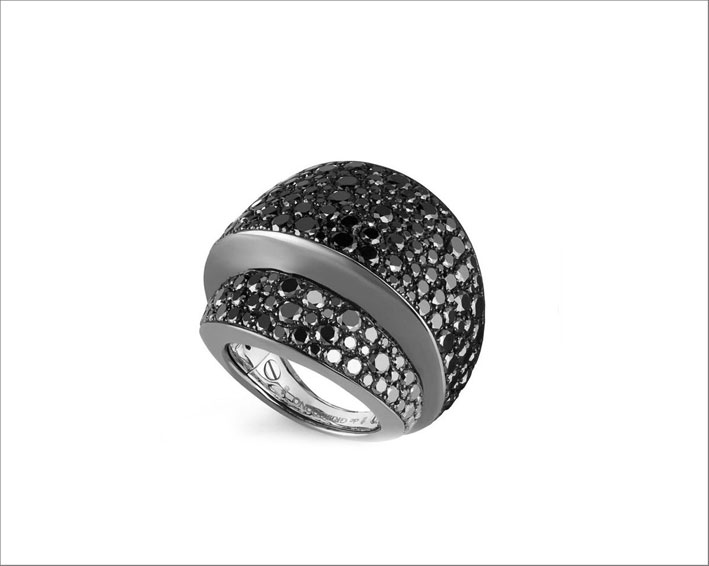
Here two more examples of admirable invisible setting, the Camaleonte by Vhernier and the American flag earrings by Michele della Valle. Getting this kind of quality is much more difficult with colorless diamonds on white gold, because with colored stones, if the base is good, you can improve the pavé by coloring the metal. Furthermore, in these two cases the pavé is continuous, does not have metal slabs that circumscribe it, but wraps the setting. Detail which increases the difficulty and the execution time.
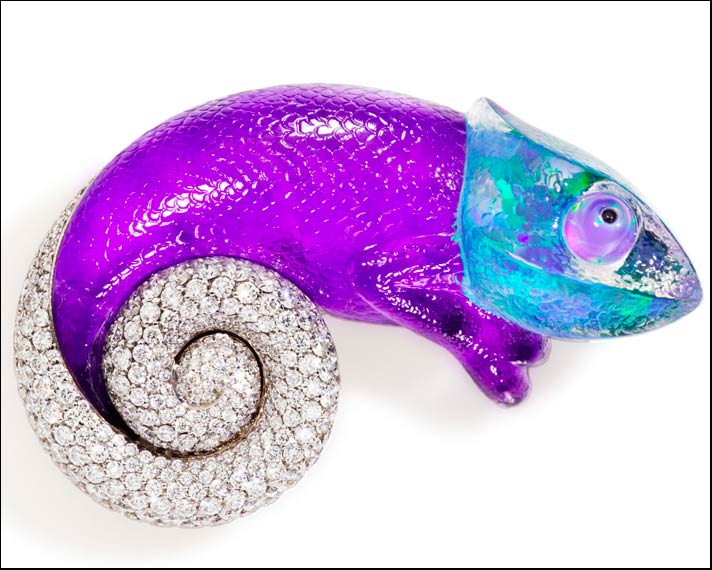
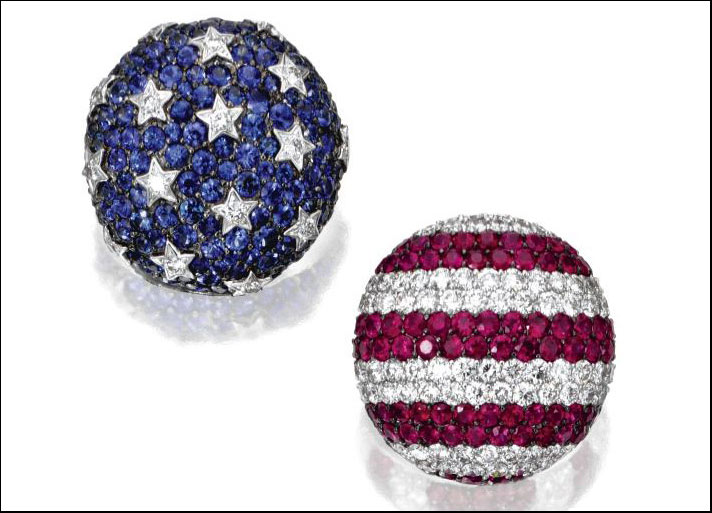
Below is interesting to note the elegance of details: the tiny balls are in yellow or black gold depending on the color of the stones; in the second image instead, a mixed technique: the points on plate (cylinders applied on the metal instead of balls engraved with chisel) in the center and pavé on the sides.

Other examples of high all Italian handicraft: Drapes ring by Palmiero with stones of equal size despite the drape, and the Pom Pom bracelet by Pomellato.


Finally, always from Pomellato an example of pavé of line Sabbia, where seems that in the design phase at computer the space required to place the stones and tiny balls are pointed out without having to perform by hand to get this precise effect. Monica Battistoni
